An all-new Mini – with five doors. A fifth-generation BMW M3 – with turbos. The rear-drive performance hero from BMW that was both cheaper than its bigger brother and more fun.
The best-handling SUV the world has ever seen. The all-new Lamborghini that didn’t really handle and the ‘speciale’ Ferrari that did. The Porsche 911 killer from nearby Mercedes-AMG. This year had the lot.
And yet every one of those landmarks fades into the background the instant you mention that one word: hypercar. The McLaren P1, Porsche 918 Spyder and LaFerrari have made 2014 so completely their own that no review of the road testing year can begin anywhere else.
When 2014 started, the 918 Spyder was the only car to which we knew for sure the term ‘greatness’ applied. A track drive in Europe in the Porsche late last year set the bar at a height that seemed almost unreachable at the time – as did the Porsche’s now-famous 6min 57sec lap of the Nürburgring Nordschleife.
But it was equally unthinkable that McLaren and Ferrari would fail to reach the 918’s mark – and they didn’t. Within a crazy couple of weeks in April we’d been let loose for first drives in both the P1 and LaFerrari. The Ferrari stunned editor-at-large Steve Sutcliffe into boundless praise, proving every inch the money-no-object dream machine we all imagined it would be.
But McLaren’s PR masterstroke was to hand us a P1 for a full road test within a matter of weeks. The British contender knocked more than a second off our all-time dry handling circuit lap record and earned itself a perfect five-star recommendation in one of Autocar’s biggest-selling issues of the year.
That wasn’t the end of the story, though. An identical full road test on the Porsche followed in October, during which the 918 proved itself to be not only faster from rest to 80mph than the P1 but also faster again around our dry handling circuit – by more than a second.
Sutcliffe’s 8 October twin test of the pair couldn’t separate them. “On some days only the P1 would suffice,” he memorably wrote. “On others it would be the other way around.” Even now, some at Autocar HQ prefer the singular purpose of the P1, others the more varied charms of the 918. So you’d have to have both. And, incredibly, plenty of owners will.
As for LaFerrari, no offer has yet materialised from Maranello to bring a car to the UK for a complete set of Autocar benchmark performance numbers. More importantly – and very regrettably – none is expected.
The P1 and 918 Spyder make up 66 per cent of a trio of cars that earned a five-star road test score this year. Fate’s sense of irony dictated that the third would be a Ferrari anyway: the awesome 458 Speciale.
In order to gauge the size of that achievement, look to the list of excellent new cars that narrowly missed full marks. The BMW i8, Jaguar F-Type coupé, Rolls-Royce Wraith, Volkswagen Golf R, Renault Mégane RS Trophy-R, BMW M235i, Nissan Qashqai, Mini Cooper S and Porsche Macan Turbo all scored four and a half out of five in 2014. On that list are outstanding class leaders, technological trend-setters and some of our personal smash hits of the year.
These are the cars you lose sleep over until you can put your finger on exactly what it is that they don’t do quite as well as they should.
To their creators, we’d simply point out that perfect Autocar road test hauls are the kinds of elusive, momentary successes that reward decades of patience and hard work. Some heart can also be taken in the example of the stopped clock that is at once useless and still spot on twice a day.
For the likes of BMW, Jaguar, VW and Nissan, it might be better to be painfully but consistently close.
At the other end of the rating scale, we dusted off the two-and-a-half-star verdict three times: for the Infiniti Q50, Ford Ecosport and Jeep Cherokee.
These, as is explained in the back of every issue, are average but disappointing cars – serviceable but deeply mediocre. But ask anyone at Autocar what the most disappointing cars of the year were and they’ll mention those that scored better without hitting the hoped-for heights: the Maserati Ghibli, Porsche 911 Turbo S, BMW M4, Audi S1 and others.
Enough commiseration. Our August verdict on the 458 Speciale declared this 9000rpm marvel to be “possibly the most exciting and uncompromising driver’s car in the world”.
Another huge compliment was to come in October, with the title of Britain’s Best Driver’s Car 2014. Impressing a team of three Autocar road testers sufficiently to earn unqualified praise is a feat in itself, but for the Speciale to go on to entice every single judge in a BBDC panel of eight to rank the car inside the field’s top three speaks of a truly rare achievement.
The Speciale will be the only machine automatically invited back to contest Britain’s Best Driver’s Car 2015. We sincerely hope Maranello will see fit to send one. While they’re at it, assuming there’s a berth free on the transporter…
Alongside the BBDC extravaganza, we also enjoyed the return of an old-favourite marque comparison, as well as the reprisal of a second and the foundation of a third.
The Autocar Sideways Challenge burst back on to the shelves in April, its remit to decide 2014’s most fun, driftable new car – as well as crown a new sideways-driving hero.
Oulton Park’s low-grip rally stage was our venue, an incorruptible Racelogic data logger provided the scores and the most sideways car, to the amazement of everyone, was Audi’s mid-engined, four-wheel-drive R8 4.2. Our victorious helmsman was endurance racer Darren Turner, who later in the year would complete his share of 310 laps of the Le Mans 24 Hours in an Aston Martin Vantage V8. Small beer by comparison.
The test we’ve come to call ‘Junior Handling Day’ came next, in July. A sunny Cadwell Park played host, along with the circuit’s surrounding roads, for the exercise that decides the year’s best-handling hot hatch, saloon or sports car available for around £30,000 or less.
Last year the Ford Fiesta ST took the spoils, its outstanding value for money winning it lots of admirers. This year the Ford got close, but it wasn’t good enough to deny Renault a worthy win with its Mégane RS 265 Cup. “The best front-drive chassis in production,” was our conclusion. “And by a faintly staggering margin.”
Then came a new ‘Best in the Wet’ comparison test in October, conducted, as luck would have it, on just about the most rain-soaked day of the year, on MIRA’s dedicated low-grip tracks. We benchmarked seven new cars on lateral and longitudinal grip and traction, plus a wet handling circuit lap time.
The winner was good enough to beat a Porsche 911 Carrera 4S into second place, when the Porsche was three times its price and competing at an unfair advantage, being the only car in the field on winter tyres. Take a bow the brilliant and surefooted Volkswagen Golf R.
Of upsets, there have been several. Vauxhall’s VXR8 GTS super-saloon landed a blow for Aussie-bred muscle over German performance hegemony when this brash, bright orange four-door beat not only a BMW M5 Competition Package but also a Mercedes-Benz E63 AMG S in April.
A new junior BMW M car entered folklore in the guise of the M235i coupé, which wiped the floor with both a BMW M4 and an Alpina B4 in August. Things went more according to the script when the Audi TT, Vauxhall Corsa and Chevrolet Corvette all failed to dominate key rivals at launch time; less so when the Mercedes C-class and revised Ford Focus both fell at the first hurdle.
Then there were the stories we’ll remember for reasons other than the new cars they described. Andrew Frankel building an AMG engine (his greatest mechanical achievement prior was changing the oil filter on his old Land Rover). James Ruppert’s tale of life, love, rust, spare loft-lagging and an original Mini Cooper.
Steve Cropley’s tour around the Geneva motor show with design legend Chris Bangle (“But do you like it?” “Next question.”). Or Goodwin, Prior, Kingston et al knocking up a Caterham Seven 160 in a weekend and then needing months afterwards to actually make it work.
There are no new hypercars due to be introduced in 2015. This has not caused an avalanche of resignations on the Autocar road test desk, not least because the quality of the lunchtime bounty at the local pie shop is as dependable as ever.
As for cars, we’ll have to settle for the likes of the new Mazda MX-5, Ferrari 458M and Jaguar XE, and with getting to know the Mercedes-AMG GT and the new Honda Civic Type R that bit better. It beats working. Thanks for reading.
The road test year in numbers
Least powerful car we tested - 65bhp, Hyundai i10
Most powerful car we tested - 903bhp, McLaren P1
Cheapest car we tested - £9295, Hyundai i10
Most expensive car we tested - £866,000, McLaren P1
Fastest 0-60mph - 2.6sec, Porsche 918 Spyder
Slowest 0-60mph - 17.6sec, Renault Twingo
Best test economy - 49.8mpg, Nissan Pulsar
Worst test economy - 15.2mpg, Rolls-Royce Wraith
Fastest dry handling circuit lap - 1min 5.7sec, Porsche 918 Spyder
Slowest dry handling circuit lap - 1min 43.4sec, Renault Twingo
Lightest car weight - 895kg, Toyota Aygo
Heaviest car weight - 2435kg, Rolls-Royce Wraith
Smallest engine capacity - 647cc, BMW i3 REX
Largest engine capacity - 6592cc, Rolls-Royce Wraith
Percentage of cars tested featuring forced induction - 78 per cent
Percentage of cars tested featuring driveline electrification - 14 per cent
See some of the best cars we've tested this year in our top videos of 2014
Get the latest car news, reviews and galleries from Autocar direct to your inbox every week. Enter your email address below:

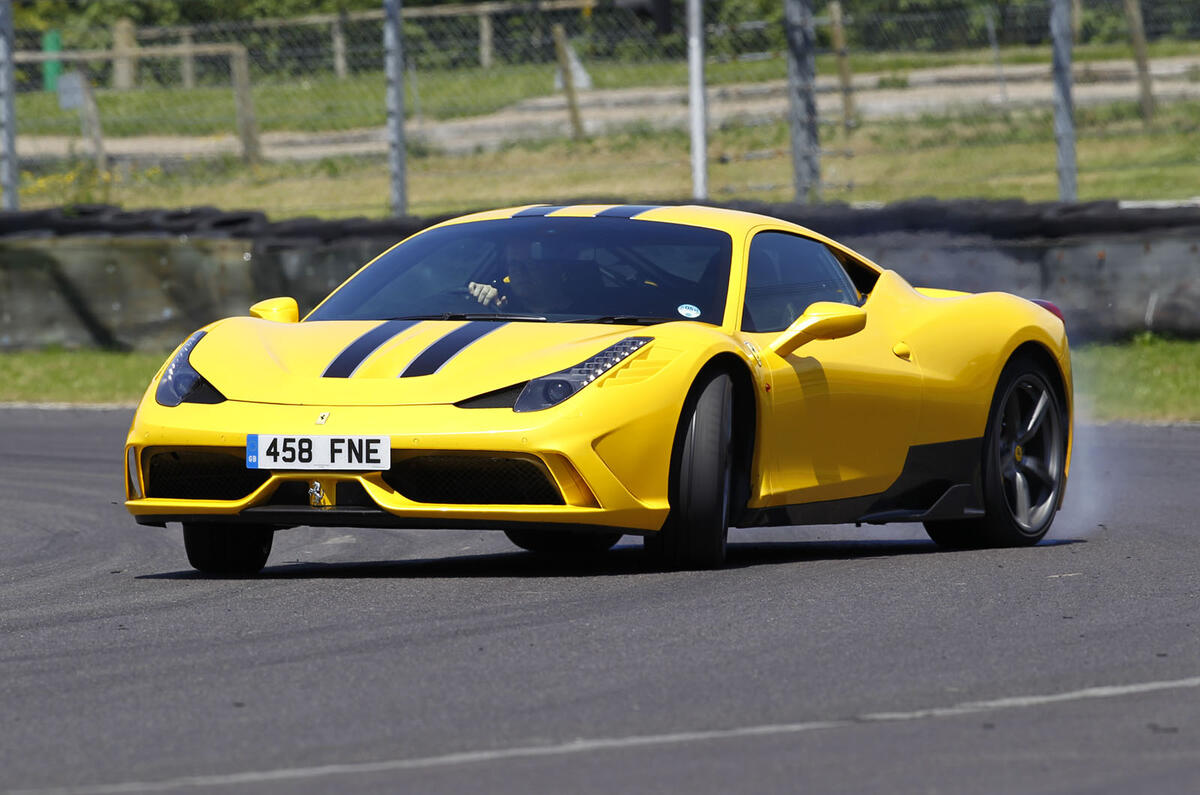
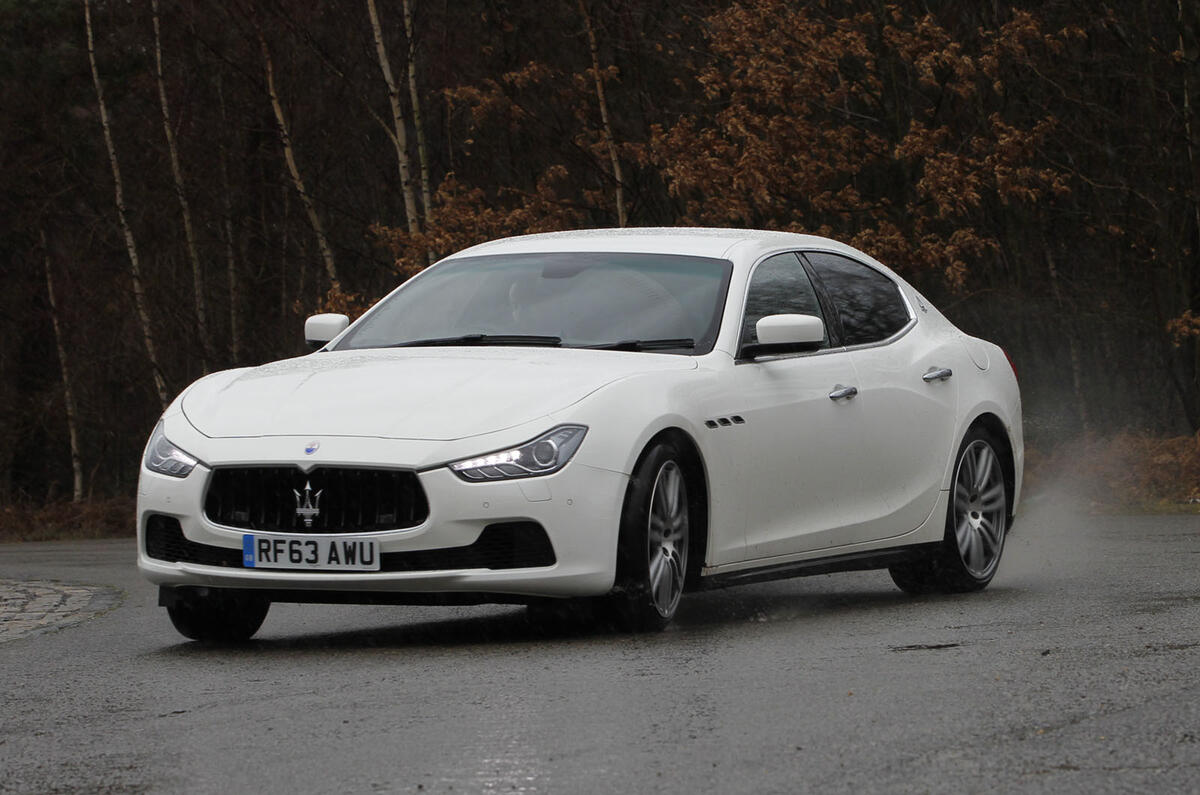
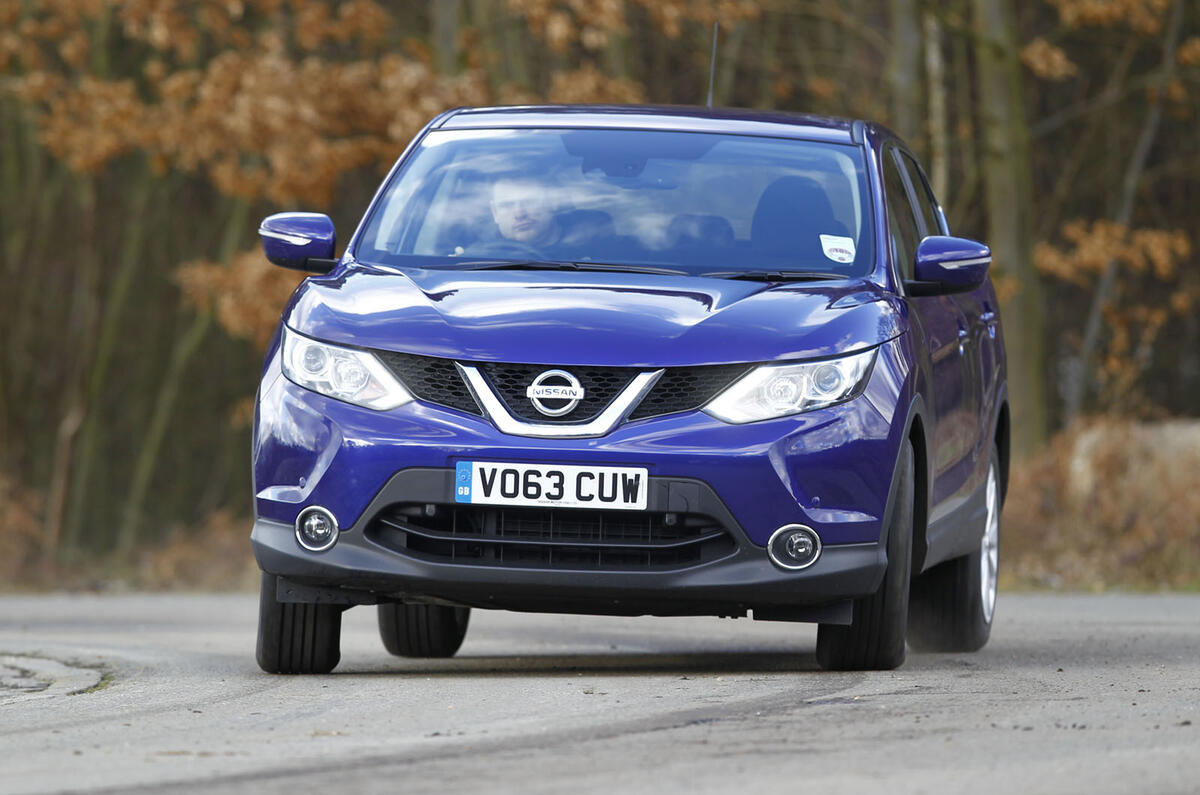
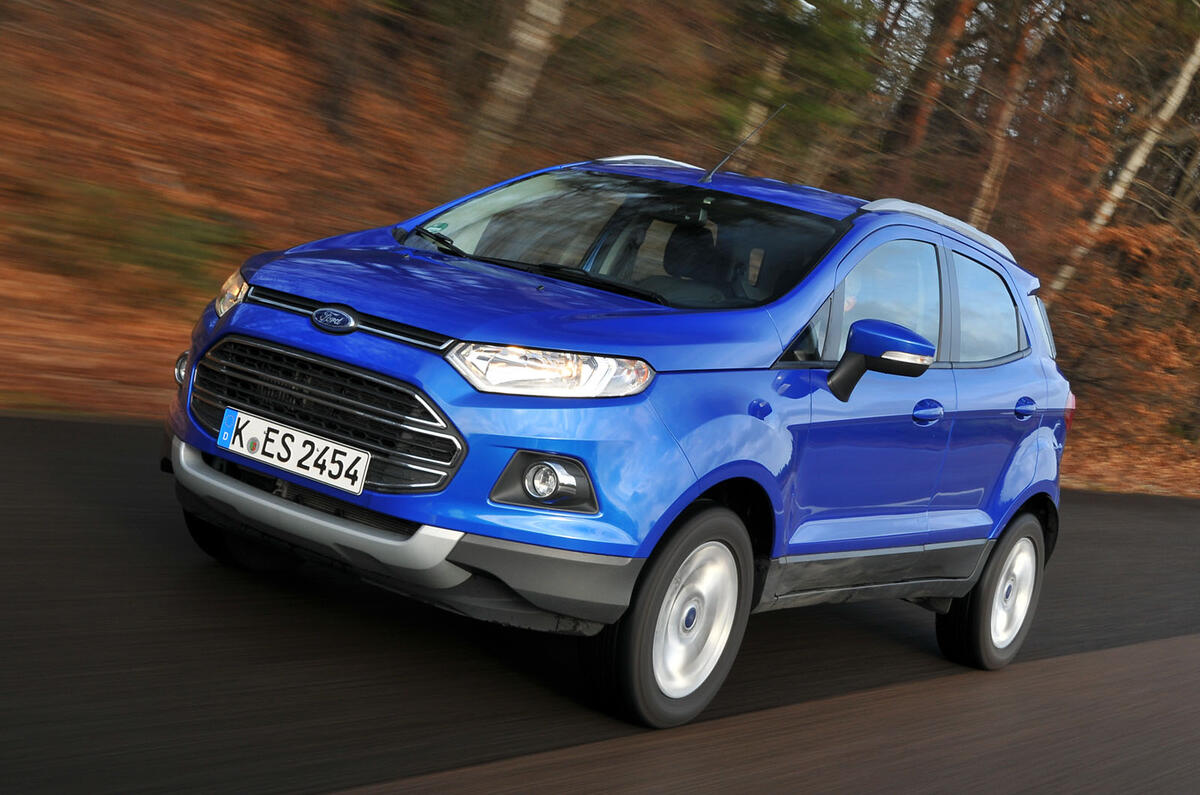
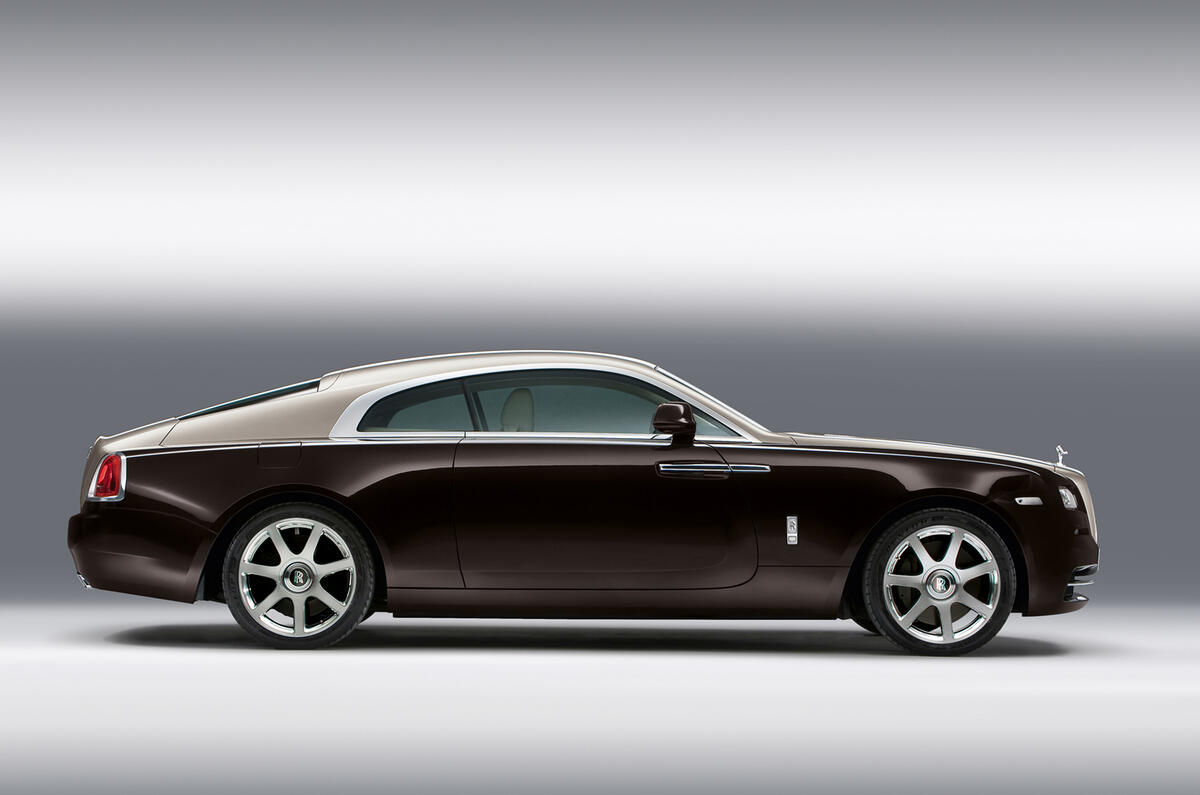
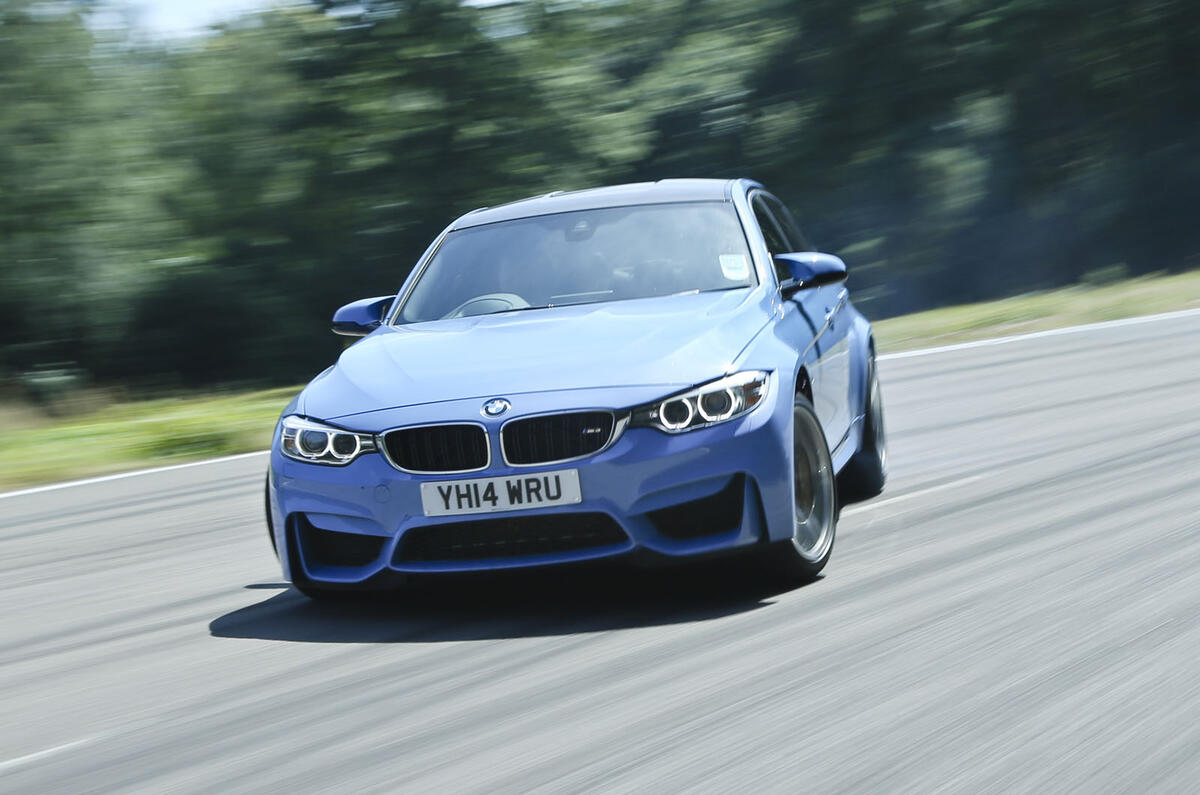
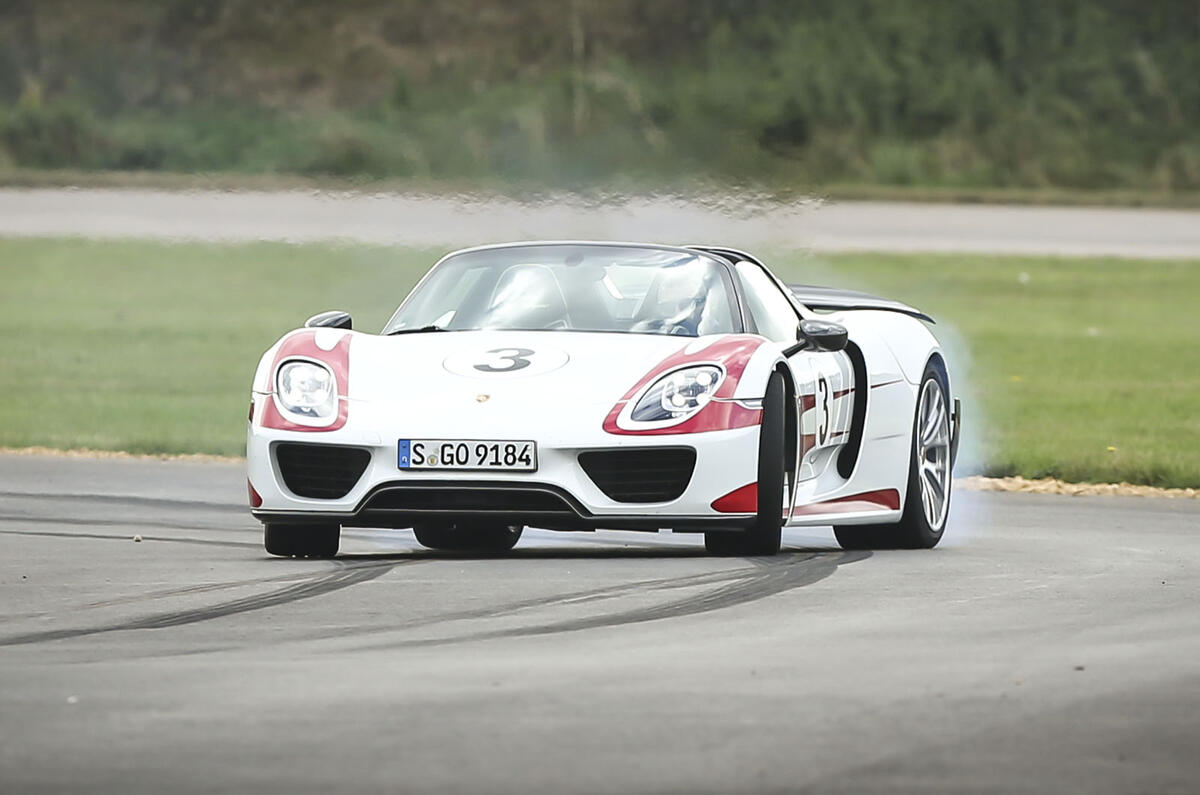
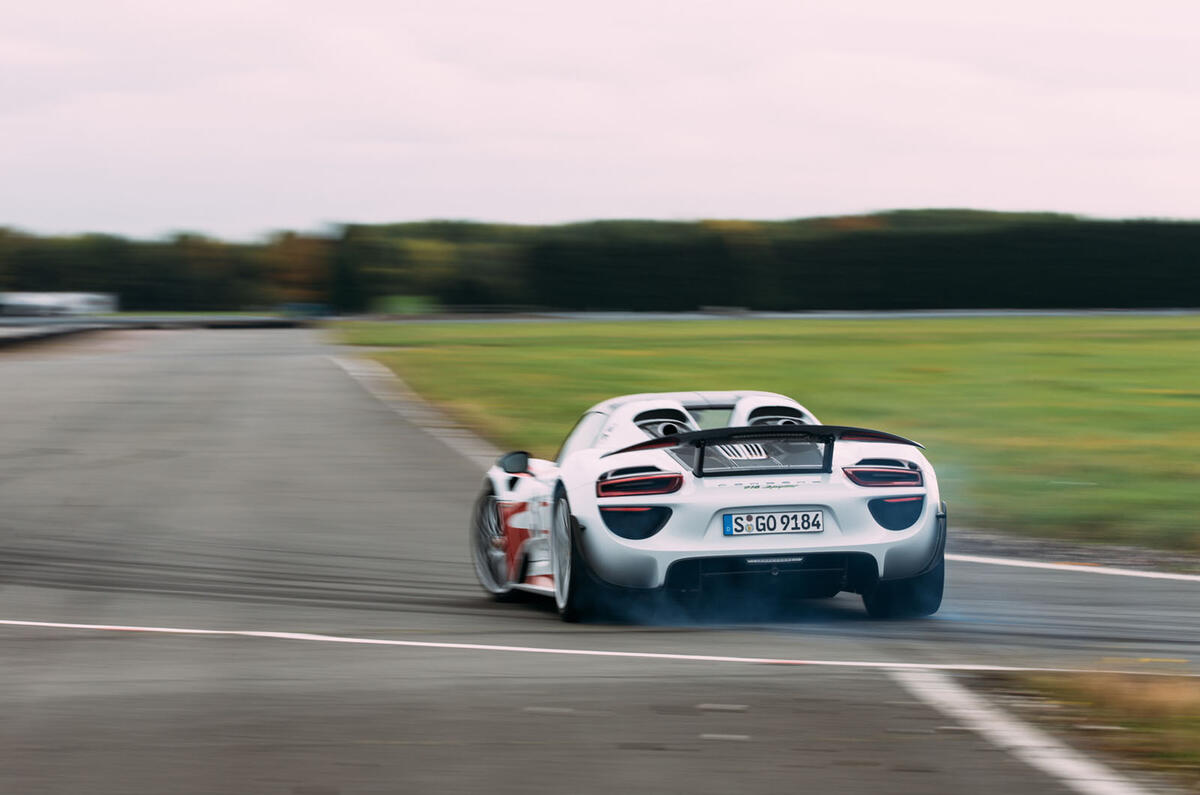
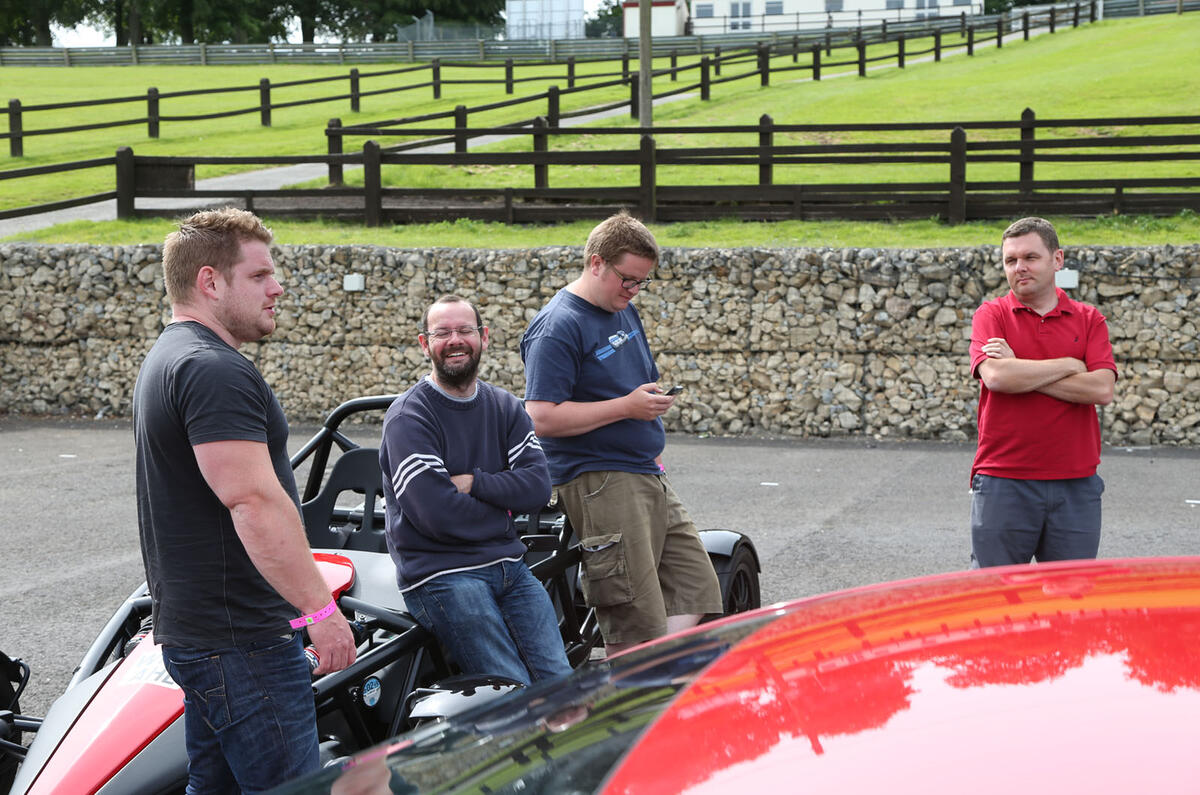
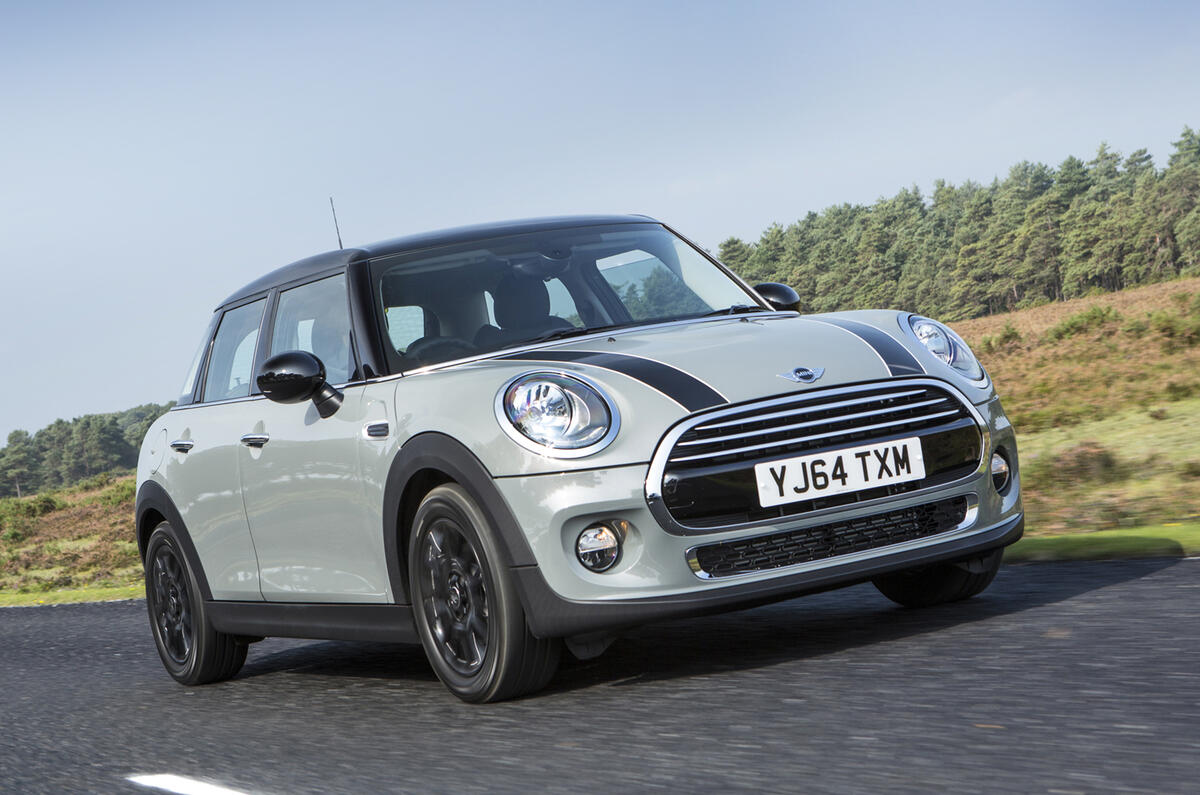
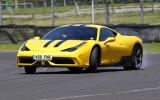
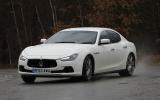
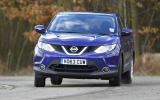
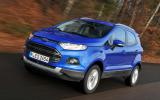
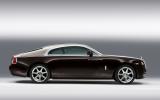
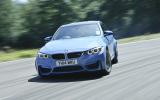
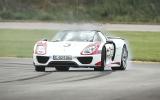


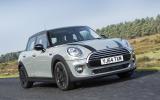






Add your comment